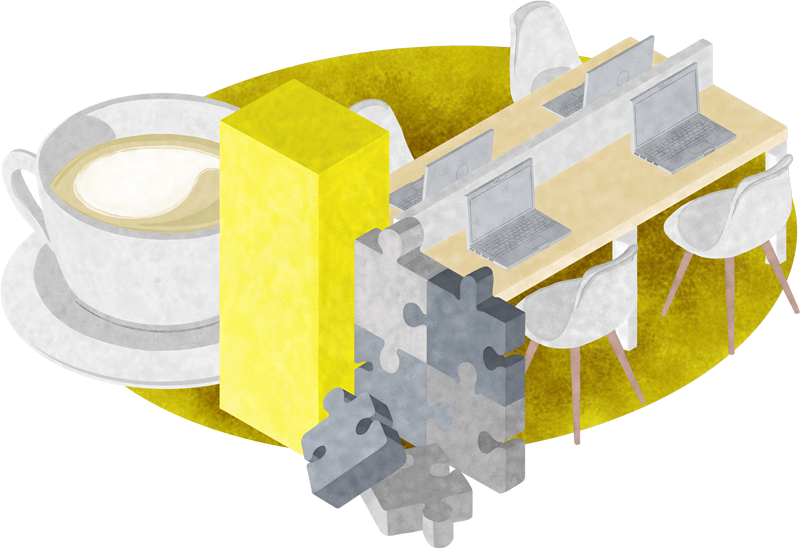How do we go about influencing others?
Some of us do this using emotion. We build relationships, engage in conversation, tell stories, use humor, wit, charm, enthusiasm, etc., to persuade.
Others of us approach influencing others by using logic. We use data, facts, proof points, and straightforward dialogue. We are undemonstrative when looking to influence others.
Let’s say you are excited by an opportunity you see to go-to-market with a new offer, for example. You go to your boss with enthusiasm and ‘pitch your idea’. You explain how you read this article that inspired you or you saw something the competition is doing and thought how we could add a twist or you had a great conversation with a C-level client who shared a need, and you just know this offer will be a huge success!
Your boss who is driven by logic replies: “Okay, got it. Have you considered how this integrates with the other offers? How can we test the offer? How long will it take to get support materials ready for market and train sales teams? What are the expected costs to get up to speed and what are the projected revenue opportunities?”
Your excitement is met with logic. And your enthusiasm is replaced by frustration. Why doesn’t your boss get excited?
Why does she always slow down the process? Not support you? Etc., etc.
This emotional turnabout is the result of not recognizing that we are wired differently and the impact of not knowing what to do with those differences.
Differences, by the way, that are not good or bad, right or wrong, just different.
When we recognize these differences and we understand them we can re-strategize how to ‘pitch our idea’ in a way that will allow the other person to be inspired as well. That is how we get in control of our ability to influence.
#CommunicateToConnect
If you found this useful, chances are somebody else in your network will too. Please feel free to share this with those you care about.
